Mazda: Navigating Electrification with Toyota and Changan
![]() 03/25 2025
03/25 2025
![]() 658
658
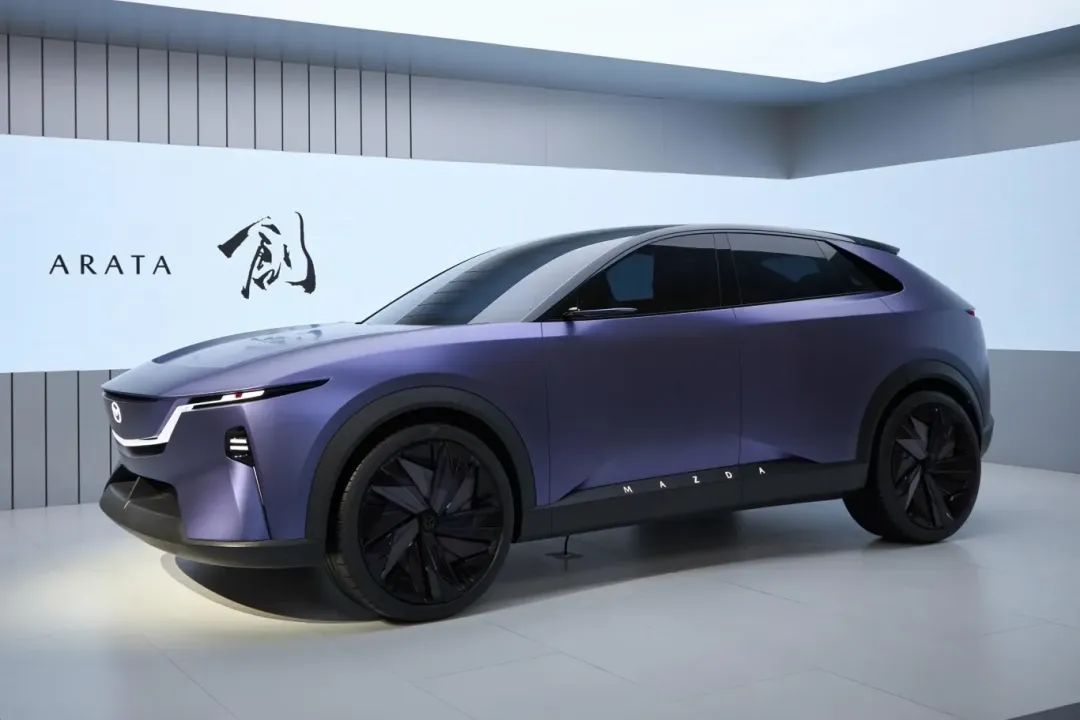
Introduction
Toyota holds equity, but Changan provides the muscle. Mazda's electric vehicle (EV) journey in the United States has hit roadblocks. A few years ago, the automaker launched the short-range MX-30 EV in the U.S. market, only to later withdraw it.
While this attempt garnered some attention, it also raised questions about Mazda's long-term EV strategy. Many of Mazda's Japanese competitors were actively entering the mass market EV sector at the time.
The transition to electrification is challenging for automakers, especially smaller ones, where cost issues are paramount. Mazda, undoubtedly a "niche" player in sales, also describes itself as a "segment player."
Amid fluctuating EV demand and inflationary pressures caused by geopolitical turmoil, traditional automakers struggle to adapt. Cost-cutting and driving change have become imperative, sometimes a matter of survival.
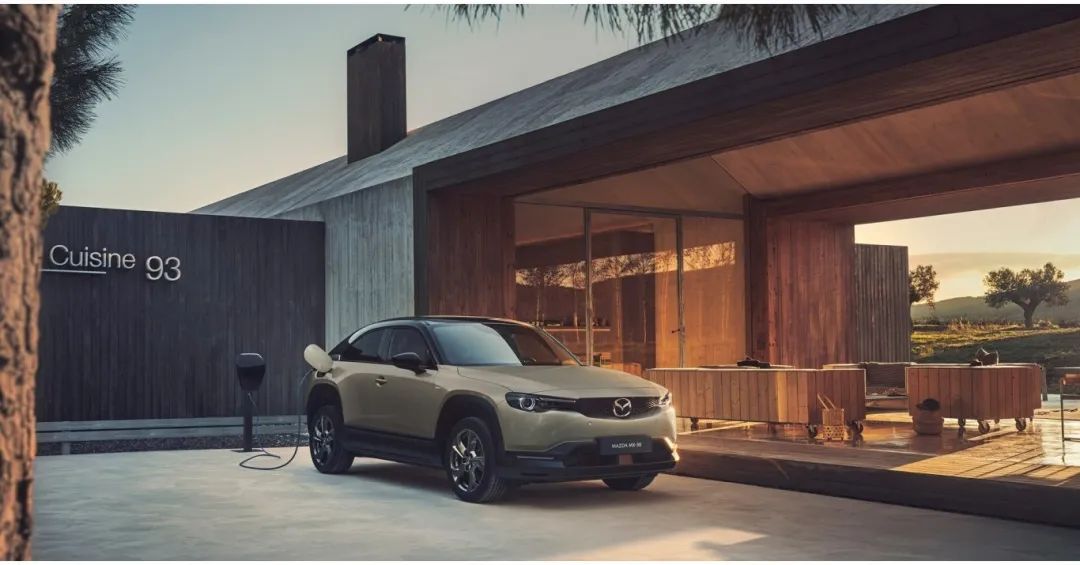
Mazda's first EV, the MX-30, flopped, and its latest model, the EZ-6, is actually based on Changan's technology platform. Clearly, Mazda is grappling with electrification challenges.
As one of the few small independent automakers, Mazda lacks the substantial capital to compete with giants like BYD and Tesla. Therefore, Mazda has opted to outsource its EV development to other companies to reduce costs and adopt a more stable strategy.
01 Relying on Partners for EVs
Mazda's recently announced "Lean Asset Strategy" reflects a new development approach for the company.
The strategy's core is to "slim down" the company, prioritizing efficiency, flexibility, and speed to meet future software development needs while reducing EV battery investments. Mazda plans to achieve this by leveraging existing partnerships and assets.
Mazda notes that EV batteries require massive investments. In November 2022, Mazda estimated that independently procuring batteries would cost over 750 billion yen. However, by implementing the "Lean Asset Strategy," this initial estimated cost has been halved.
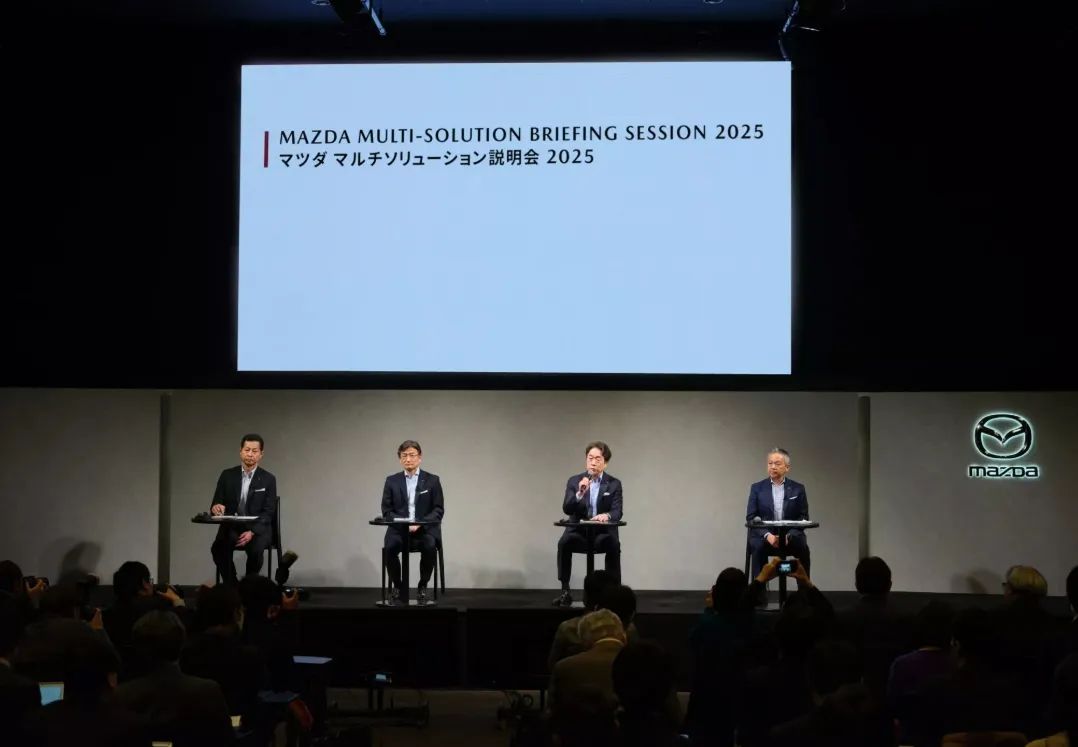
Part of the reason is increased reliance on Changan's batteries. Mazda will achieve this by collaborating with its Chinese joint venture partner, Changan Automobile, to develop EVs for markets like Southeast Asia.
This collaboration stems from Mazda's partnership with Changan Automobile. The two parties are jointly developing battery EVs, including the Mazda EZ-6 (Mazda 6e in foreign markets). By 2030, this model is expected to account for 25% of Mazda's global BEV market, with sales of approximately 400,000 units.
Currently, Mazda's EZ-6 electric sedan sold in China uses a dedicated EV platform named EPA1, originating from Changan Automobile.
Mazda is considering producing more EVs in collaboration with Changan and may sell them globally. The EZ-6/6e hatchback jointly developed with Changan has been confirmed for launch in multiple global markets, while the SUV model will be launched in 2027, and development is progressing smoothly.
Additionally, when announcing its new Lean Asset Strategy, Mazda confirmed that it is considering developing two additional models with Changan. These products are expected to be launched between 2028 and 2030, but it's unclear if they will be exclusive to China.
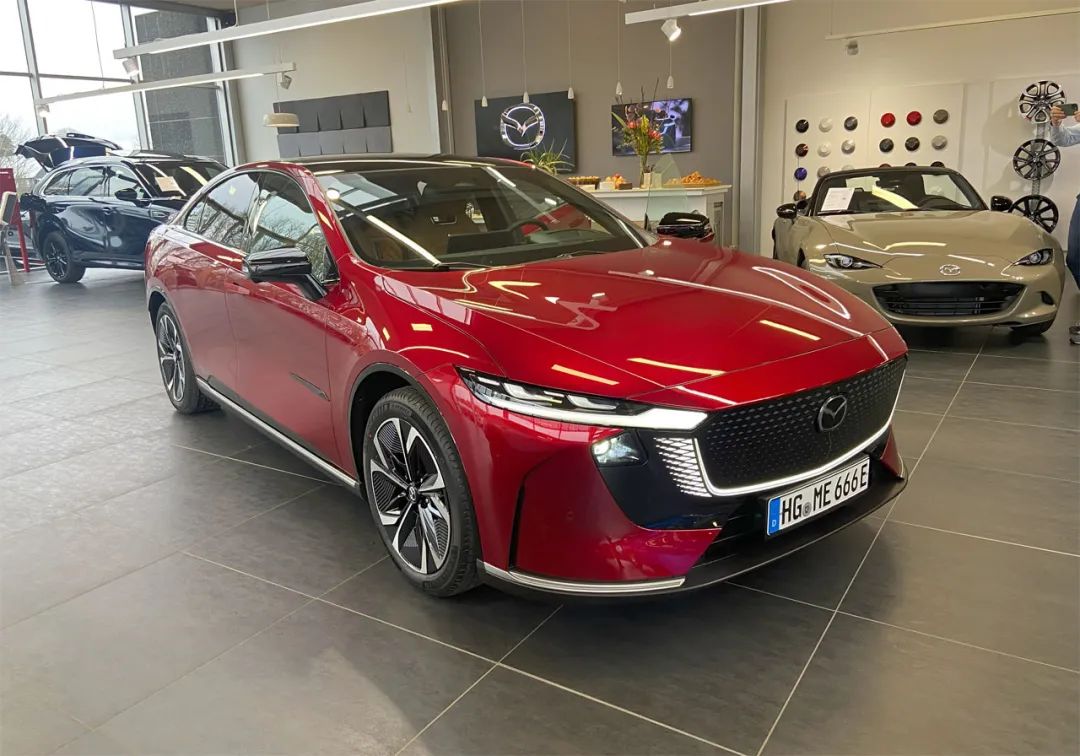
According to trademark applications, Mazda also unveiled the Arata concept car last year, a new electric SUV that may be sold as the EZ-60 in China and exported as the CX-6e. Mazda confirmed at its launch that the car is planned for mass production by the end of 2025.
Besides Changan Automobile, Mazda is also collaborating with Toyota, Denso, and Blue Nexus to jointly develop electrical/electronic architectures and platforms, advanced driver assistance systems (ADAS), and electric powertrains.
Without these collaborations, Mazda estimates its total EV investment would reach 2 trillion yen. However, by optimizing battery investments, this figure has been revised downwards to 1.5 trillion yen. This reduction from the original plan will be achieved through strengthened cooperation and partnerships.
In addition to the Mazda 6e sedan and the upcoming electric SUV (possibly named CX-6e) and products launched with Changan, Mazda is also developing another EV expected to be launched in 2027. This unnamed model will be based on Mazda's own platform, designed to accommodate various battery types and vehicle configurations.
Last Tuesday, Mazda showcased this platform for the first time. Featuring a typical skateboard design with a flat battery pack installed within the vehicle floor, Mazda states that the platform is flexible enough to support multiple battery options and vehicle models and can adapt to future software updates.
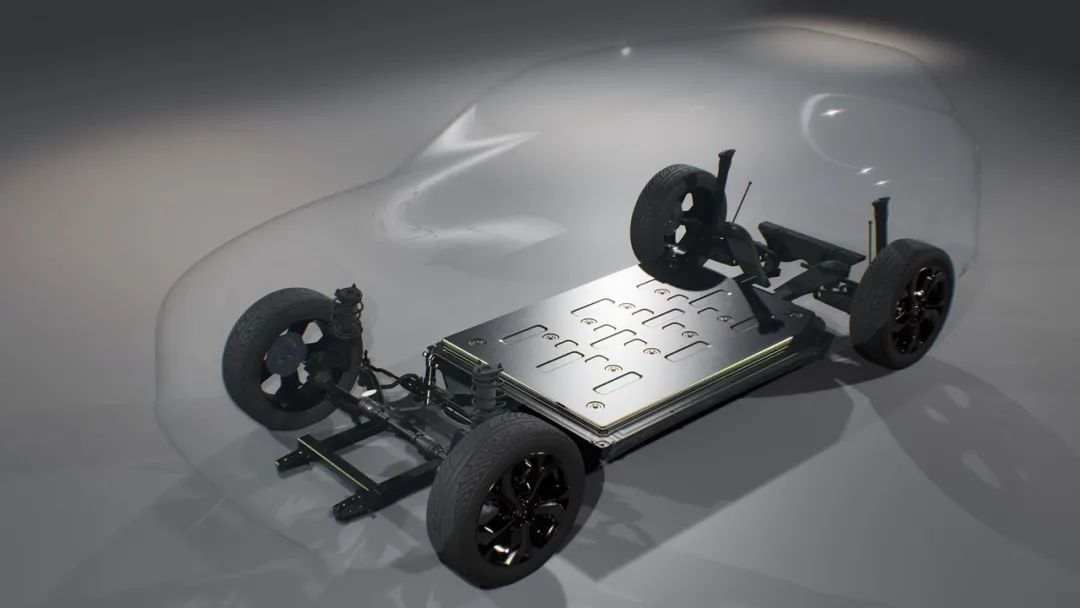
The first EV based on this platform is likely to be an SUV produced in Japan for local sales and export. It will use batteries developed in collaboration with Panasonic. This will be Mazda's first fully independently developed EV, as previous Mazda EVs were based on other companies' platforms.
Mazda claims that through collaboration, the company's development investments will be reduced by 40% and working hours by 50%. In terms of production, Mazda has reduced the initial equipment investment cost of EVs by 85% compared to building a new factory by sharing production lines, and the preparation time has also been shortened by 80%.
In recent years, China's EV industry has made significant progress, with brands like BYD and Changan proving that China can produce affordable and high-tech EVs. Mazda, known for its refined driving dynamics and stylish design, can bring unique flair to these Chinese-made EVs, offering global buyers more options at potentially lower prices.
02 Mazda's Commitment Continues
Additionally, Mazda announced further upgrades to its production system with the launch of the "Mazda Manufacturing Innovation 2.0" plan, covering both development and production aspects.
In the development phase, Mazda will leverage AI and model simulation technology to triple product development productivity. This initiative will expedite new product development and improve efficiency, enabling Mazda to respond more swiftly to market demands.
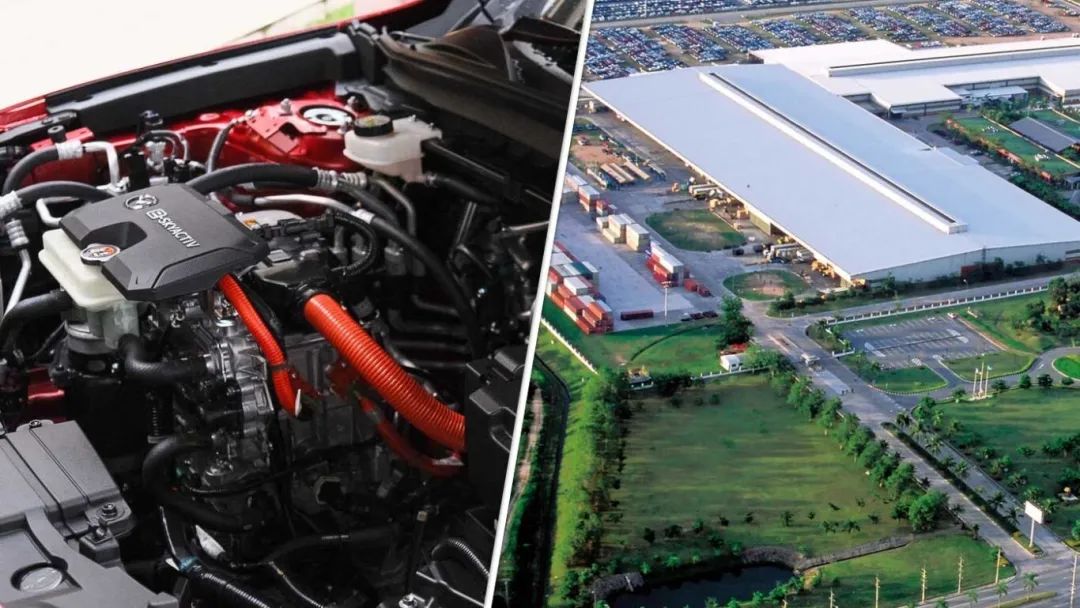
In production, Mazda plans to achieve mixed production of EVs and internal combustion engine (ICE) vehicles on existing lines. This approach will reduce additional investment costs and avoid building new lines. Mazda will also introduce flexible production equipment like AGVs to further enhance production efficiency and optimize processes.
Despite the clear trend towards electrification, Mazda has not abandoned ICE technology. The company is actively developing the SKYACTIV-Z engine to meet future stricter environmental regulations, such as Euro 7 in the EU and LEV4 in North America.
The new engine will debut in the next-generation CX-5 model, equipped with Mazda's hybrid technology. This technology will also be extended to inline six-cylinder engines and Wankel engines to improve combustion efficiency, reduce emissions, and maintain Mazda's competitiveness in the ICE sector.
However, as part of its overall cost-cutting measures, Mazda will streamline its existing engine lineup. The company will halve its engine offerings, including Skyactiv-G, D, and X, and reduce control software by two-thirds. This will help reduce production costs and improve operational efficiency.
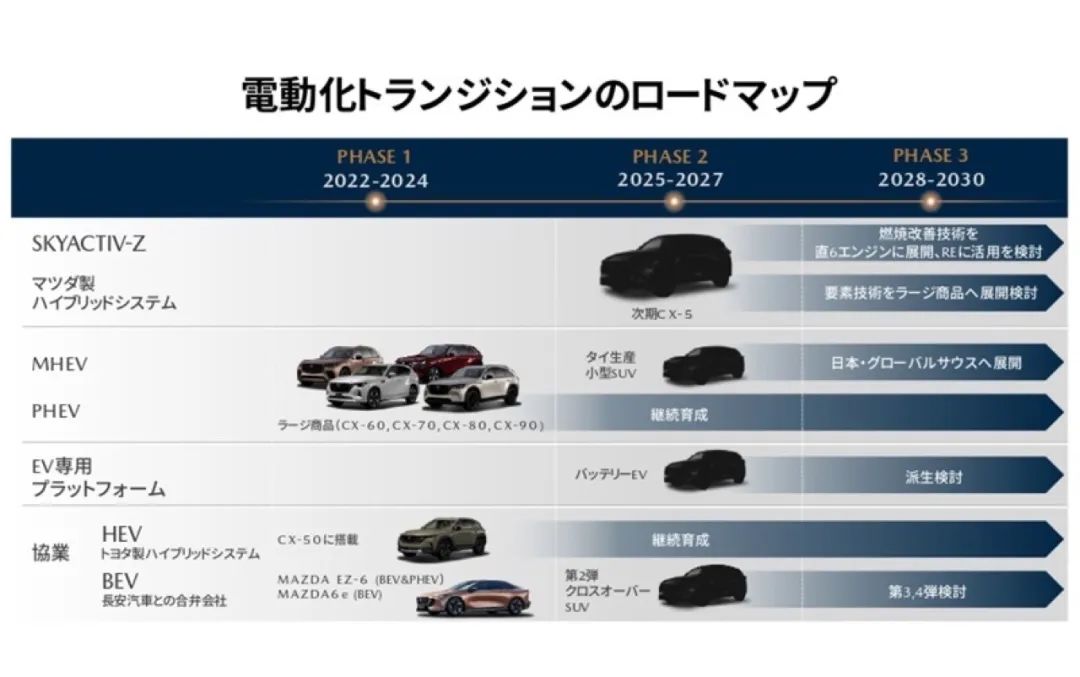
Mazda stated that while electrification is the automotive industry's future, its goal is not just to "launch EVs" but to ensure they still offer the brand's iconic "Jinba Ittai" (horse and rider as one) driving pleasure. Mazda's future EVs will adopt a flexible platform design accommodating different battery technologies and will be produced in Japan to ensure product quality.
Mazda believes that by 2030, the automotive industry will be in the "dawn of electrification," a transition period from ICE to electric propulsion. This perspective deeply influences Mazda's current strategic decisions and explains its streamlined EV plans.
Mazda's President and CEO, Masahiro Moro, said, "Although batteries require significant investments, demand is highly uncertain. We will monitor technological innovations while investing prudently and efficiently. There are many uncertainties in the electrification environment. Even so, as a small player, Mazda is pursuing a Lean Asset Strategy to minimize business risks and improve efficiency."
In 2024, Mazda performed well but sold only 1.2 million units. Compared to giants like Toyota, Volkswagen, or Stellantis, Mazda cannot rely on similar revenue sources. Moreover, Mazda often bucks industry trends, such as launching the Skyactiv series, which still relies on naturally aspirated engines, while the industry has shifted to turbocharging.
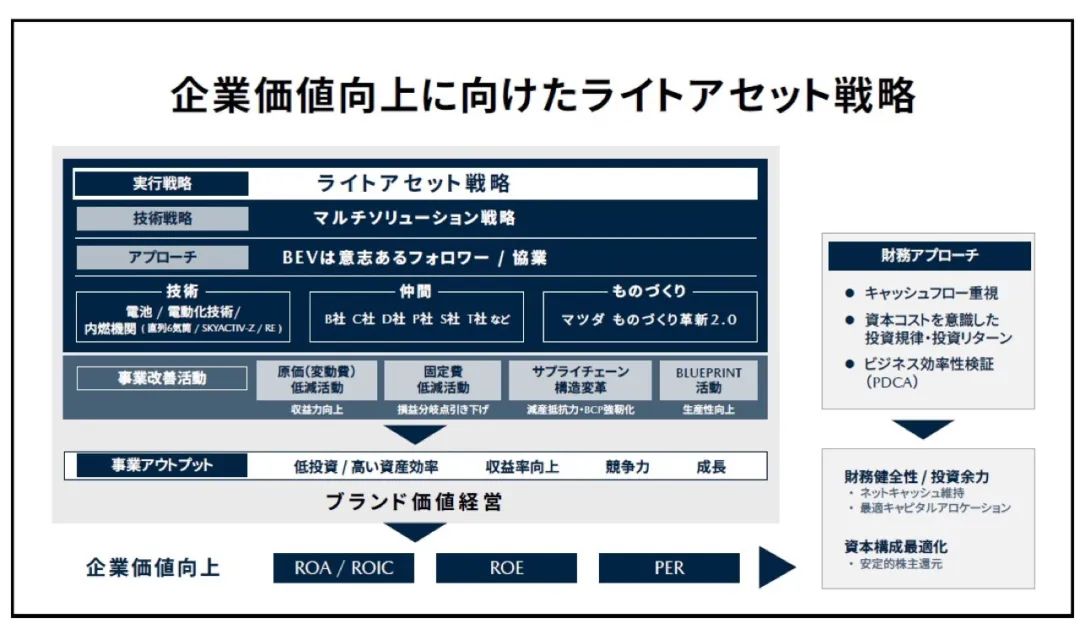
However, being different is part of Mazda's charm and has largely benefited the brand. This EV strategy aligns with Mazda's business approach.
Mazda's overall strategy seems to have a clear understanding of the current EV market share in multiple key regions, as well as the automaker's own resources and core audience. These factors do not necessitate aggressively promoting EV-centric lineups but indicate limited EV supply in some EV-friendly regions (like China and Western Europe).
This "Lean Asset Strategy" can be seen as a survival tactic for small automakers in the era of electrification. Unlike financially powerful giants that can invest heavily, Mazda focuses on flexibility, leveraging existing resources, and reducing capital expenditure pressure. This strategy can effectively control costs in the short term but leaves uncertainty about Mazda's long-term competitiveness as the market fully shifts to EVs.
Editor-in-Charge: Yang Jing, Editor: Wang Yue







